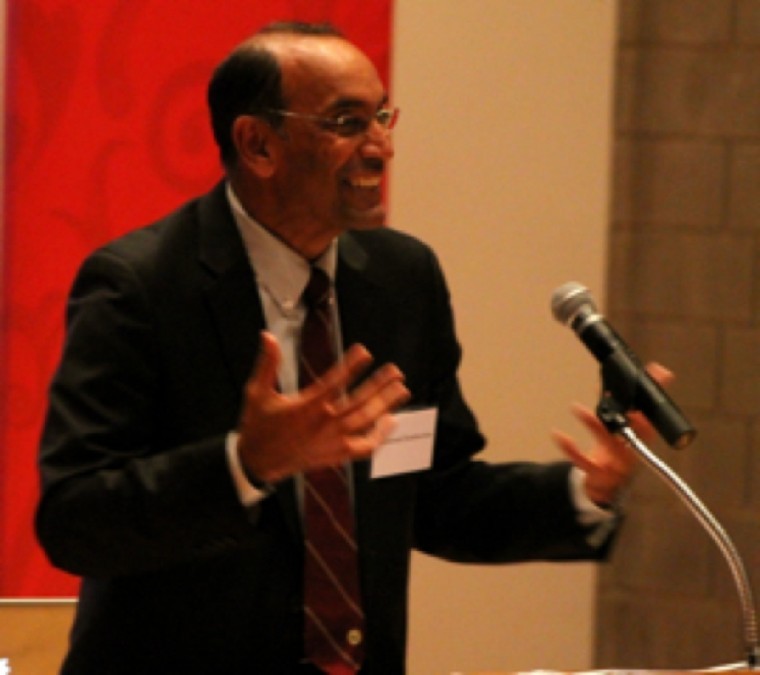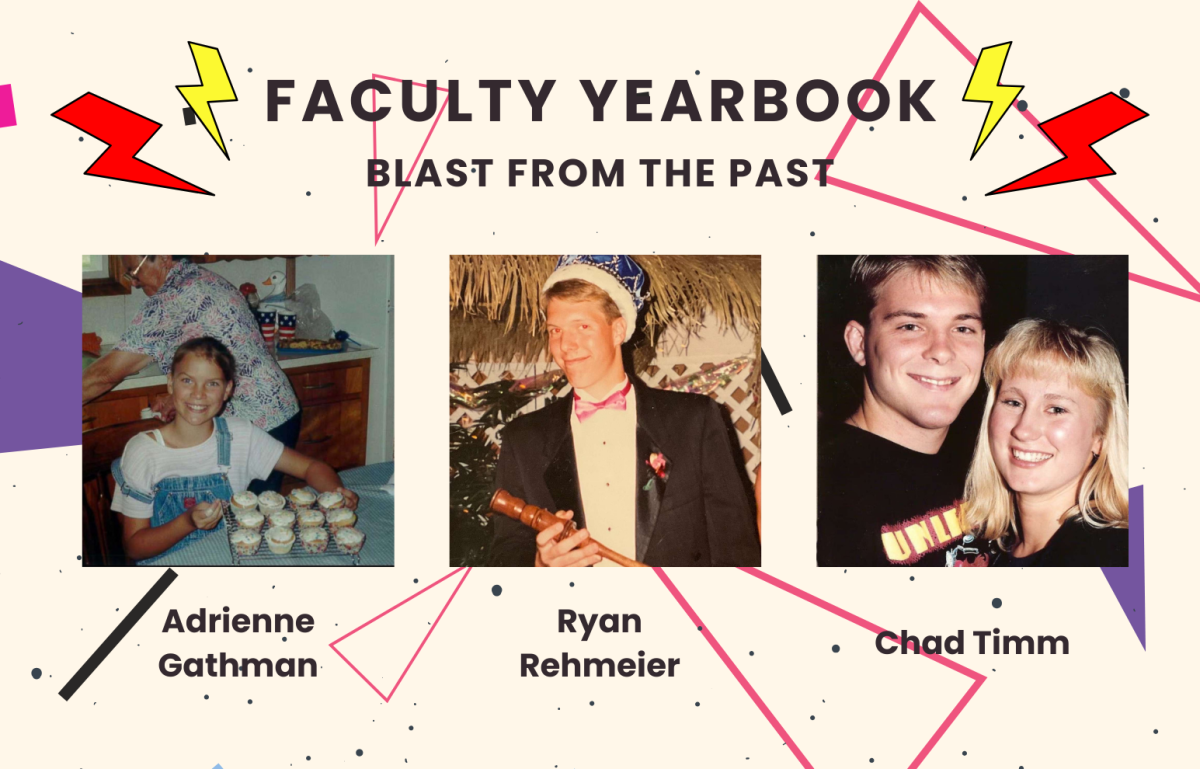Visiting religion professor focuses on diversity
September 26, 2012
Dr. Anantanand Rambachan packed Simpson College’s Lekberg Hall with students and community members for Simpson’s 33rd annual Matthew Simpson Lecture in Religions.
Rambachan is a professor of religion, philosophy and Asian studies at St. Olaf College in Minnesota and has written several books and articles in scholarly journals.
In his lecture at Simpson, Rambachan spoke about communications and friendship in interreligious relationships. He used Hindu leader Mahatma Gandhi and Episcopalian priest Charles Andrews as a model of interreligious friendships.
“When I chose the topic for this lecture, I didn’t realize how relevant interreligious dialogue as friendship would be today,” Rambachan said.
“The United States is the worlds most religiously diverse nations,” Rambachan said. “Today a Hindu, a Buddhist or a Muslim can find a place of workshop, prayer or meditation in almost every major city in the United States.”
Rambachan commented on how this diversity brings both opportunities and challenges and opportunities for enrichment.
“Each day the news makes up increasingly aware of fear and hatred in our global and national community directed at other religions,” Rambachan said.
He stated that the primary challenge today is how people can remain committed to their own distinctive world views but do so with openness to those of other faiths. To illustrate this, he used the relationship of Gandhi and Andrews and 4 dimensions important to interreligious communications.
The four dimensions Rambachan used in his lecture and linked to Gandhi and Andrews’ friendship were shared identity, ethical obligations, mutual trust, and generosity.
Rambachan said while interreligious friendships are important, there are many risks that come with it as well.
“When you cross boundaries there are risks, and the risk is being alienated from your own community,” Rambachan said.
Rambachan said there are several ways that we can be like Gandhi and Andrews and foster interreligious relationships. First, interreligious relationships are not possible without religious difference.
The second, is that interreligious friendships are meaningful when the relationships are informed by willingness to give and to receive.
In his question and answer Rambachan was asked how to build interreligious friendship and trust in areas where religious diversity is not common. He states we need to be more proactive with this and create our own opportunities to have interreligious communication and friendships.
“Simpson students, as we heard when somebody asked a question, are not exposed to a lot of religious diversity and the more we can bring to campus and have students start to think about the world outside of Iowa, the better,” Mark Gammon, chair of religion department and associate professor of religion, said.
After the lecture there was a reception held in the Mary Berry faculty lounge where students and faculty were able to sit down with Rambachan and discuss more on the topic of his lecture.





